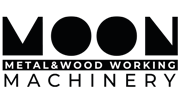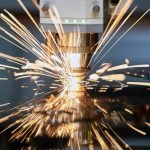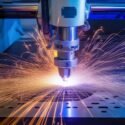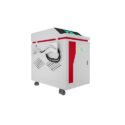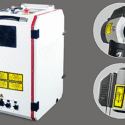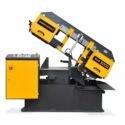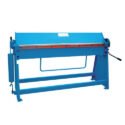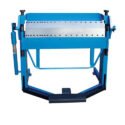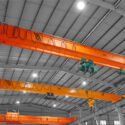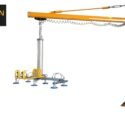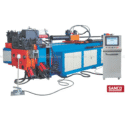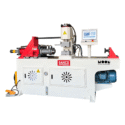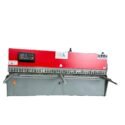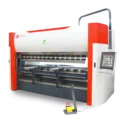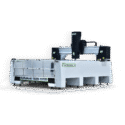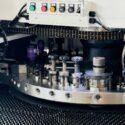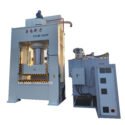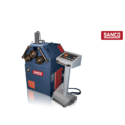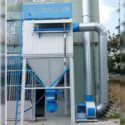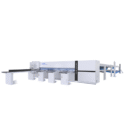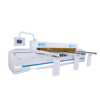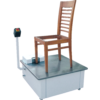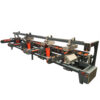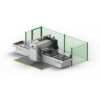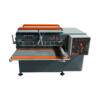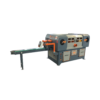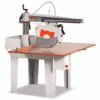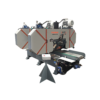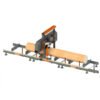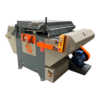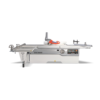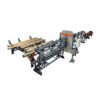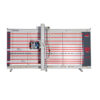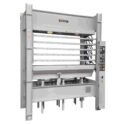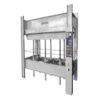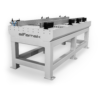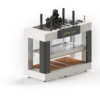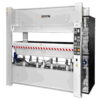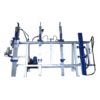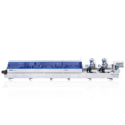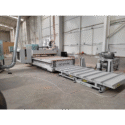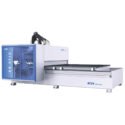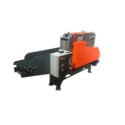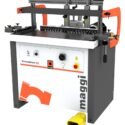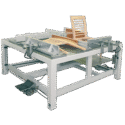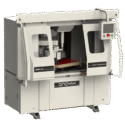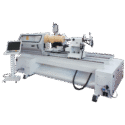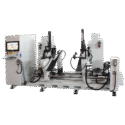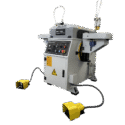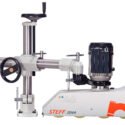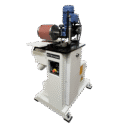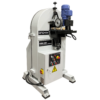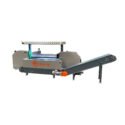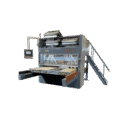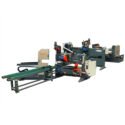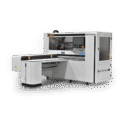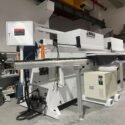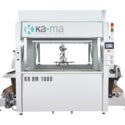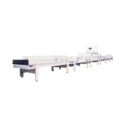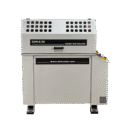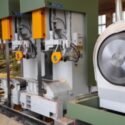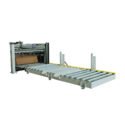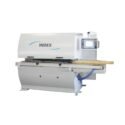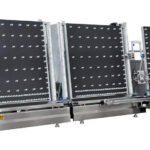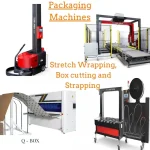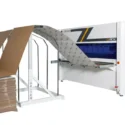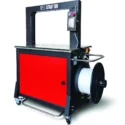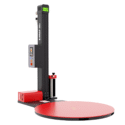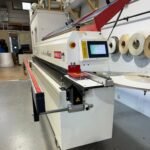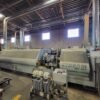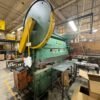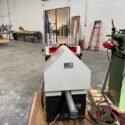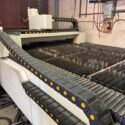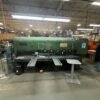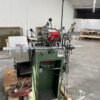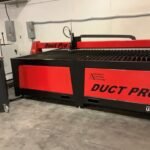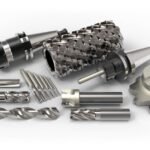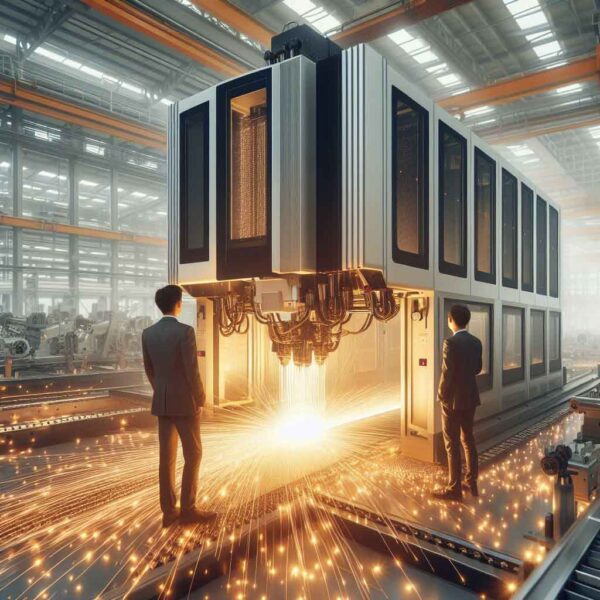
Fiber Laser Welding Machine Applications are revolutionizing manufacturing processes by offering an advanced alternative to traditional welding methods. Fiber laser welding is a versatile process that utilizes a concentrated laser beam as the primary heat source. Unlike conventional techniques, it brings several key advantages—such as high-precision, fast processing speeds, and minimal heat input. These qualities make it ideal for applications that demand accuracy and efficiency without compromising material integrity.
In the context of aluminum window production, fiber laser welding stands out ad a particularly beneficial solution. Aluminum’s properties require controlled, low-heat joining methods, and fiber laser systems are uniquely equipped to meet that challenge. Fiber Laser Welding Machine Applications allow manufacturers to achieve clean welds, maintain dimensional stability, and support modern design requirements with ease.
In this article, we’ll explore how Fiber Laser Welding Machine Applications are applied specifically in aluminum window production and how this technology continues to shape the future of efficient, high-quality fabrication.
Benefits of Fiber Laser Welding
Fiber laser welding offers a range of advantages that set it apart from traditional welding methods. Known for its exceptional precision and minimal heat input, this technology ensures cleaner welds with less distortion. It enables faster production speeds, reduced post-processing, and greater efficiency across a wide variety of materials. For manufacturers, these benefits translate into improved product quality, lower operating costs, and enhanced design flexibility.
- Fast Welding Speed: Fiber lasers can be scaled to each application by adjusting the laser power, resulting in rapid welding speeds.
- Precision and Control: The process is highly repeatable and easy to control, ensuring consistent weld quality.
- Wide Material Compatibility: Fiber lasers can weld various metals, including copper, aluminum, stainless steel, and dissimilar metals.
- Compact Design: Fiber laser technology minimizes floor space usage.
Challenges
Despite its many advantages, fiber laser welding is not without its challenges. As with any advanced technology, there are considerations that manufacturers must keep in mind to ensure successful implementation. Below, we’ll outline some of the key challenges associated with fiber laser welding.
- External Factors: Weld quality can be affected by joint gaps, material defects, and other external factors.
- Safety Measures: Proper laser safety measures are essential to protect workers and the work environment.
- Material Reflectivity: The efficiency of the laser process depends on the material’s reflectivity.
Applications in Aluminum Window Production
Fiber Laser Welding Machine Applications have gained significant traction in the aluminum window manufacturing industry. This technology offers precise and efficient solutions that address the unique challenges faced in producing high-quality aluminum window frames. In the section below, we will explore key Fiber Laser Welding Machine Applications in aluminum window production and how they help manufacturers improve both productivity and product performance.
- Seam Welding: Fiber lasers create strong, continuous seams for aluminum window frames.
- Corner Joints: Precise corner joints ensure structural integrity.
- Grid Welding: Welding window grids (muntins) to the frame.
- Spot Welding: Joining small components like hinges and handles.
- Frame Reinforcement: Strengthening critical areas of the window frame.
Conclusion
Fiber Laser Welding Machine Applications continue to revolutionize the manufacturing landscape by offering exceptional precision, speed, and efficiency. The benefits of fiber laser welding—such as cleaner welds, minimal heat distortion, and faster production rates—make it an ideal choice for industries requiring high-quality results with lower operating costs. These advantages translate into improved product durability, greater design flexibility, and enhanced overall efficiency.
However, successful implementation of Fiber Laser Welding Machine Applications requires attention to certain challenges, including managing material properties and ensuring proper safety protocols. Manufacturers must carefully optimize processes to maintain consistent weld quality and operational safety.
In aluminum window production, Fiber Laser Welding Machine Applications have become indispensable. From seamless welds and precise corner joints to effective frame reinforcement and grid welding, fiber laser technology addresses specific industry demands with ease. By adopting these advanced welding solutions, manufacturers can achieve stronger, more reliable products while streamlining their production workflows.
Ultimately, embracing Fiber Laser Welding Machine Applications positions businesses to stay competitive and innovative in an evolving market where precision and efficiency are paramount.
Let’s shape the future of window manufacturing with fiber laser welding! 🚀🌟
For more information, visit our Fiber Laser Welding Solutions page here.
Or check out our post on Machinio here.
Feel free to reach out to us for more information! 🛠️🇨🇦
